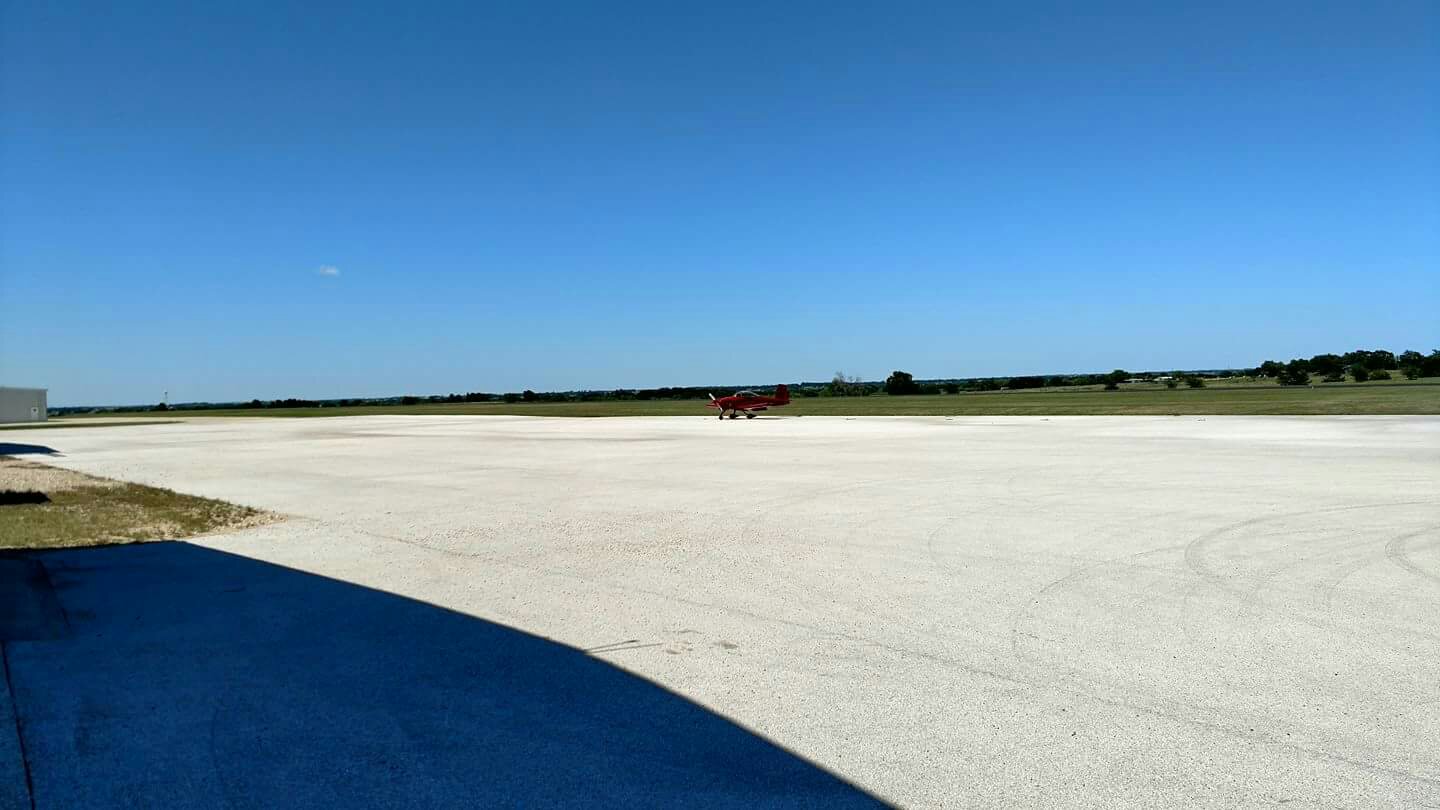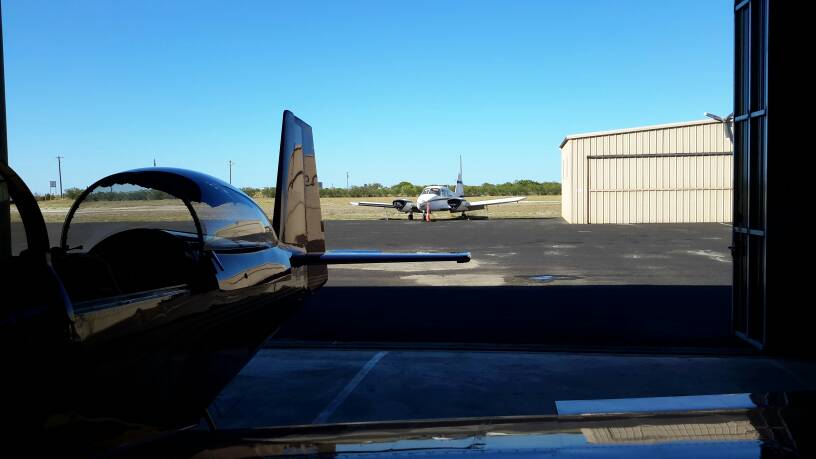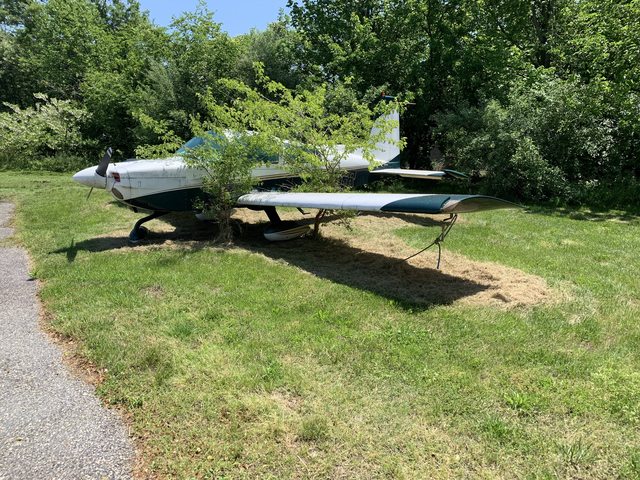Zeldman
Touchdown! Greaser!
Wow.... you really cleaned up that hanger..!!!
There are always bright spots in every endeavor.In 2007 there were 590,000 pilots. In 2017 there are 584,000 pilots, and there are over 50% more student pilots today than 10 years ago. Predicting the demise of GA based on your airport might not be wise.
The idea that a $4,000 ADS-B mandate would turn the value of a 172 into "chump change" is absurd.
That is a 30% decline in pilots during a period when our population grew 28%. A very bad trend, indeed.
As for the current uptick in training, that's a reflection of the looming commercial pilot shortage. Will these pilots become active GA pilots on their days off, or just fly for hire? Time will tell.
Bottom line: GA is unhealthy, and continues its decline. Sadly, the only thing keeping our beloved hobby alive are massive federal subsidies -- a situation that cannot last forever.
Bottom line: GA is unhealthy, and continues its decline. Sadly, the only thing keeping our beloved hobby alive are massive federal subsidies -- a situation that cannot last forever.
This was our lunch flight today.I have to wonder how many nice airplanes are sitting in hangars that never fly, probably a lot of them, thousands


What's your airplane?This is the view from my hangar. That poor old Apache rots away a little more every day...
RV-8A.What's your airplane?
Your eyes do not deceive you.Oh, I didn't realize - it looks like a nose dragger in that lighting. . .

It's the Canadian version.I didn't know that was an option.
It's the Canadian version.
Ron Wanttaja
All "A" model RVs are nosedraggers. It's an RV-8, eh?Nose dragger built from hockey sticks that runs on maple syrup?
All "A" model RVs are nosedraggers. It's an RV-8, eh?
Ron Wanttaja
If you've ever stepped out of a panel van and hopped into a Mazda Miata, that's the difference between a Cessna/Piper/Beech and an RV-8.I didn't know that was an option. . .is the control feel and response in an RV as good as people say?
If you've ever stepped out of a panel van and hopped into a Mazda Miata, that's the difference between a Cessna/Piper/Beech and an RV-8.
It flies like that dream you had when you were a kid. Nimble, but not twitchy. Quick, but stable at very low speeds as well.
Do not go for a ride in one. That damned ride cost me close to $90,000... lol
We have a Grumman that is sitting in the weeds at the airport, has been for the past five years. I remember the owner being very active and proud on our local email list for several years prior, especially for the new paint job he put on it. That one makes me sad. I believe the airport is pursuing a lien for unpaid tie down fees.

At least the landscaping crew whacked the grass this year:

What would it take to make one of these airworthy/safe?At least the landscaping crew whacked the grass this year:

At least the landscaping crew whacked the grass this year:

What would it take to make one of these airworthy/safe?
What would it take to make one of these airworthy/safe?
I suppose what I can’t get out of my head is assuming acquiring the plane for next to nothing, putting 40-60 into it for reman’d engine and glass avionics, I’m better off than the mid time abused engine on old avionics? Corrosion is the big wild card I guess.I'm not as pessimistic as Skip. There are lots of 5-10 year old planes that can be economically salvaged.
But he is 200% on point in laying out what one should *assume* will be the case. In the absence of a lot of data to the contrary, you would have to assume a new engine, some new avionics, new wiring (mice!), new seals and boots, etc, etc, etc.
I suppose what I can’t get out of my head is assuming acquiring the plane for next to nothing, putting 40-60 into it for reman’d engine and glass avionics, I’m better off than the mid time abused engine on old avionics? Corrosion is the big wild card I guess.
... famous last words I know
* also full disclosure- I come from the car world and am still new to aviation
I think that's right. If you can inspect the fuselage and determine it to be in acceptable condition, and you can put in new avionics and engines and still come up with a price less than that of a similar airplane that is air worthy, then it can be worth doing.
Most of the time, though, the plane has been sitting because the owner has an overly hyped opinion of what it's worth. So that math doesn't work. You, correctly, are assuming everything would need to be scrapped. The typical owner is assuming, usually incorrectly, that a trip to the wash rack and an oil change, and the plane is ready go. So that owner will never sell for the price of the fuselage.
Welcome to aviation.
 I've talked to a few owners of ramp queens. Most of them wanted close to what a currently flying model was going for.
I've talked to a few owners of ramp queens. Most of them wanted close to what a currently flying model was going for. I will bet 90% of derelict airplanes had some major repair needed that the owner couldn't afford..
Is GA truly that unhealthy or are we just seeing the steep drop off the cliff economically as the Boomers retire, and then a period from Gen X and Millennials where birthdate is much lower occurs... until we hit the already seen bigger boom of the Gen Y generation?
